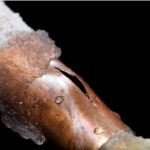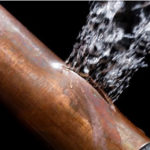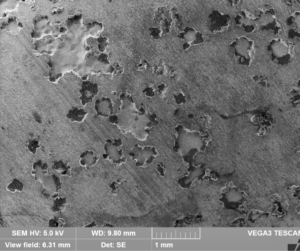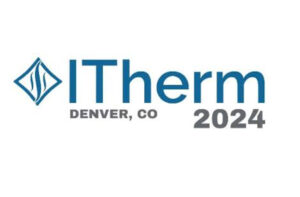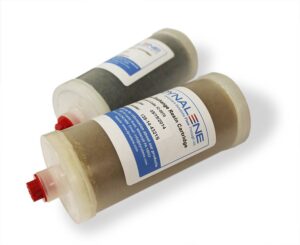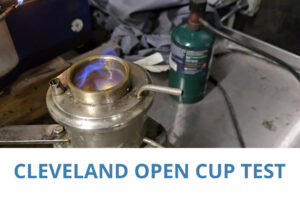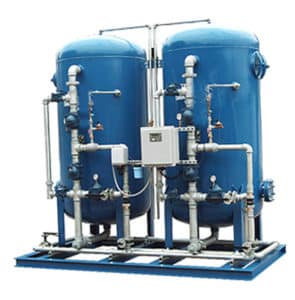Dynalene
When planning to use glycol-water heat transfer fluids at low temperatures, there are a couple of important points to consider. The first is the freezing point of the mixture, and the second is the burst point.
The freezing point of any liquid is more accurately called the melting point, due to a phenomenon called supercooling.
Simply put, supercooling is when a liquid is cooled below its melting point without becoming a solid. This is actually fairly common, so experiments to determine the temperature where a liquid freezes can come out with surprisingly varied results. However, the temperature where that solid turns back into a liquid is very consistent, which is why chemists will most often refer to it as the melting point. But the terms “freezing point” and “melting point” are colloquially understood as interchangeable.
There are obvious reasons to pay attention to the freezing point of a fluid: if enough ice crystals form in a system, the slushy fluid will be harder to pump and could even create clogs, which will severely reduce the heat exchange capacity. Since glycols freeze at much lower temperatures than water, your glycol concentration should be high enough to keep your fluid from crystallizing at your lowest operating temperature.
The burst point of a fluid is the temperature at which the fluid is frozen all the way through, and this can be a much more serious problem in a water-based system. Instead of contracting as it cools and then contracting further as it solidifies, as most liquids do, water contracts only until about 4°C. Below this temperature, water actually expands slightly, and once it freezes its volume expands by about 9%. This expansion is why ice floats on water, which is the reason that fish are able to live through the winter. This expansion is also the reason why water pipes can freeze up and burst if exposed to low temperatures for a long period.
It is easy to see the problem this poses for heat transfer systems. While glycol behaves as a “normal” liquid, a heat transfer fluid that freezes completely can still break pipes or damage other equipment as it expands. Unfortunately, it is difficult to pinpoint a precise burst temperature for any given system. In addition to the glycol type and percentage, the risk of a burst also depends on the materials in the system, the type of construction, and the behavior of the fluid.
Consider copper piping as an example. According to data published on the web1, copper pipes of the same wall thickness decrease in the amount of pressure they can withstand as the diameter of the pipe increases. If the pipe diameter is held constant, the burst pressure increases if the wall thickness is increased. Drawn copper is rigid and can withstand more pressure than annealed copper, which is heat treated to restore its flexibility. Welded or brazed joints apply heat to the metal, which would decrease the burst pressure. Pipes made from different materials will have different tensile strengths, affecting the amount of pressure they can withstand before yielding.
The primary way that glycol helps prevent bursting is by lowering the freezing temperature so the system can endure low temperatures without solidifying. In extreme cases, if freezing does occur, the presence of glycol in the mixture will decrease the expansion percentage which could theoretically prevent physical damage to the system. However, it would not be wise to rely on this effect. Most manufacturers give freezing and burst point data for their fluids so, if bursting is a hazard, the best option is to choose a glycol percentage high enough to offer protection.
- Engineering ToolBox, (2003). Working Pressure Copper Tubes Type K, L and M. [online] Available at: https://www.engineeringtoolbox.com/copper-tubes-dimensions-pressure-d_84.html [Accessed Day Mo. Year]

